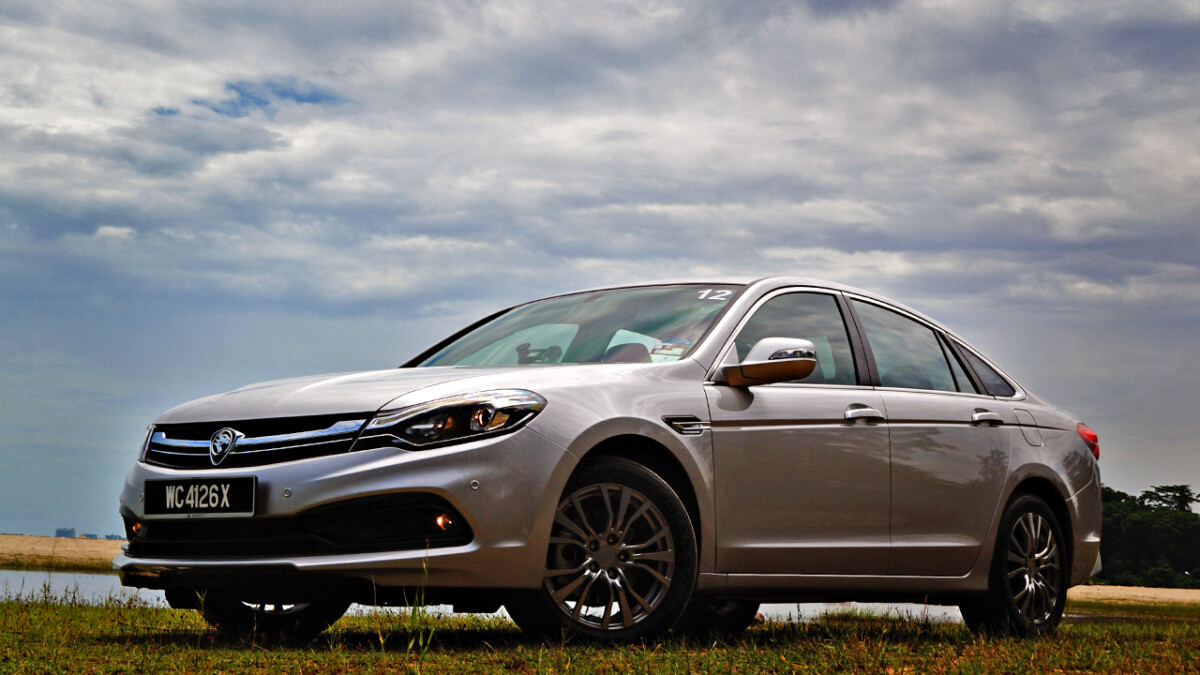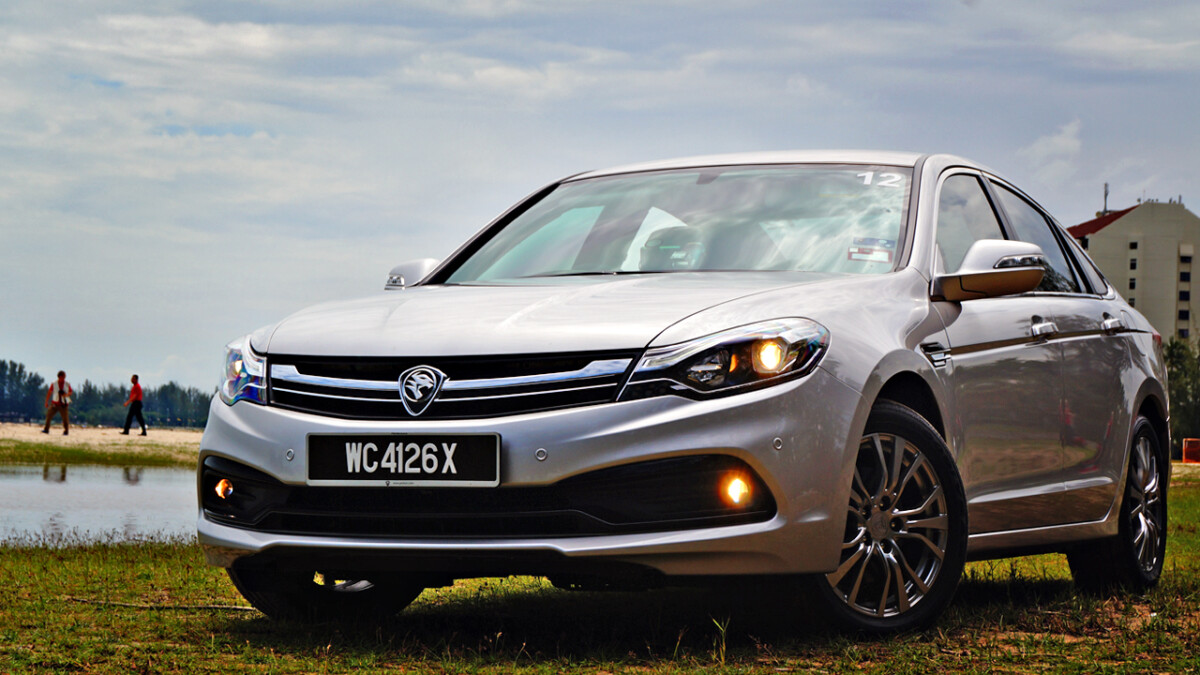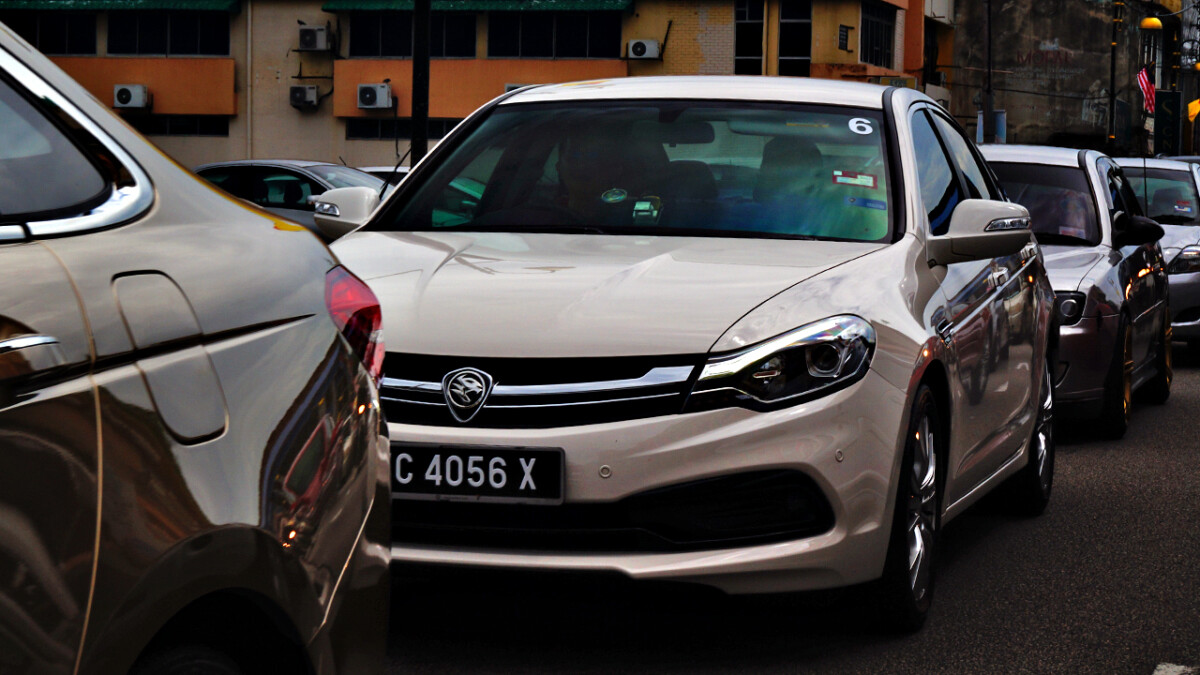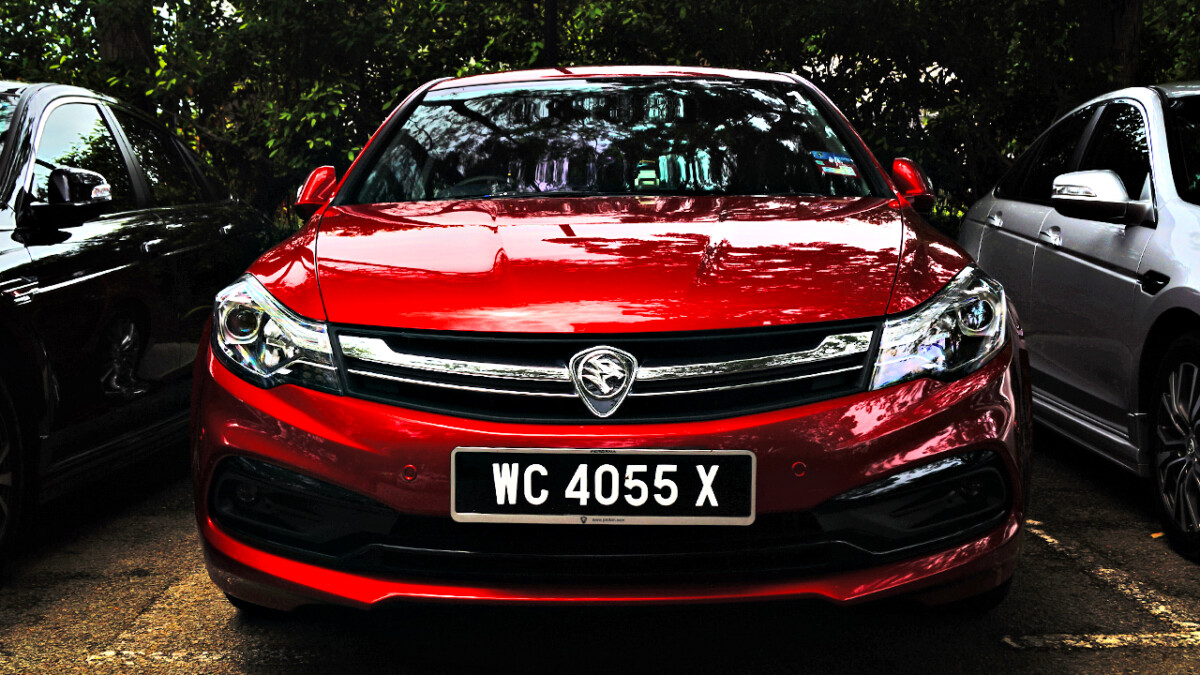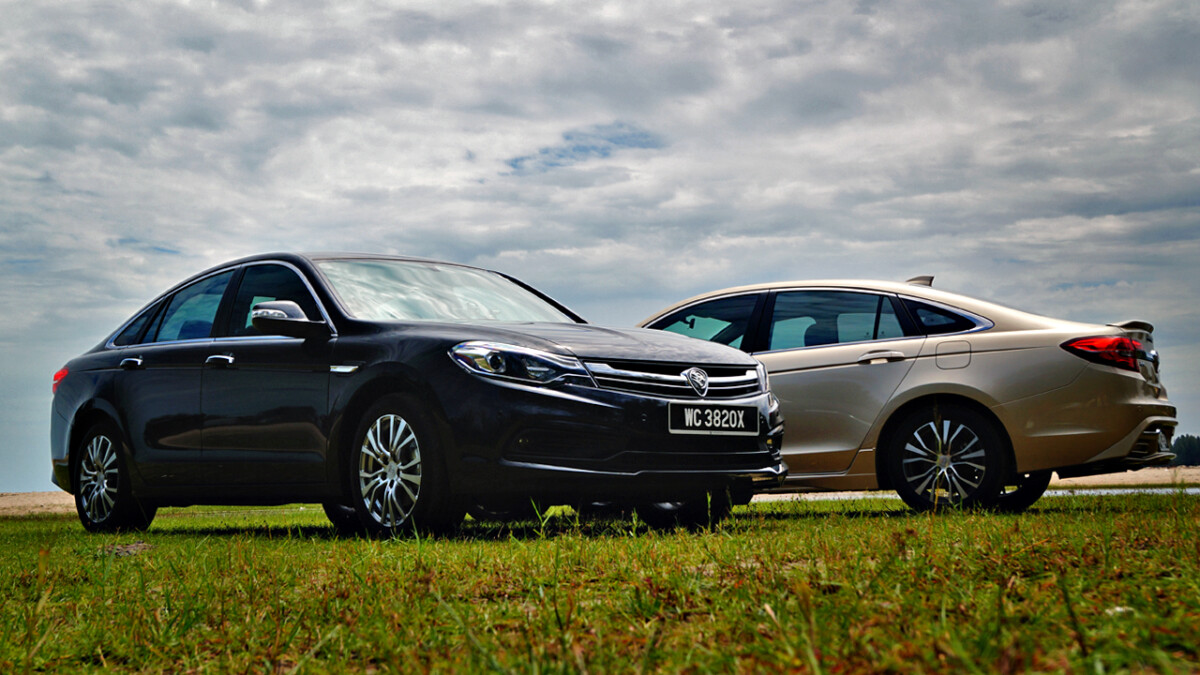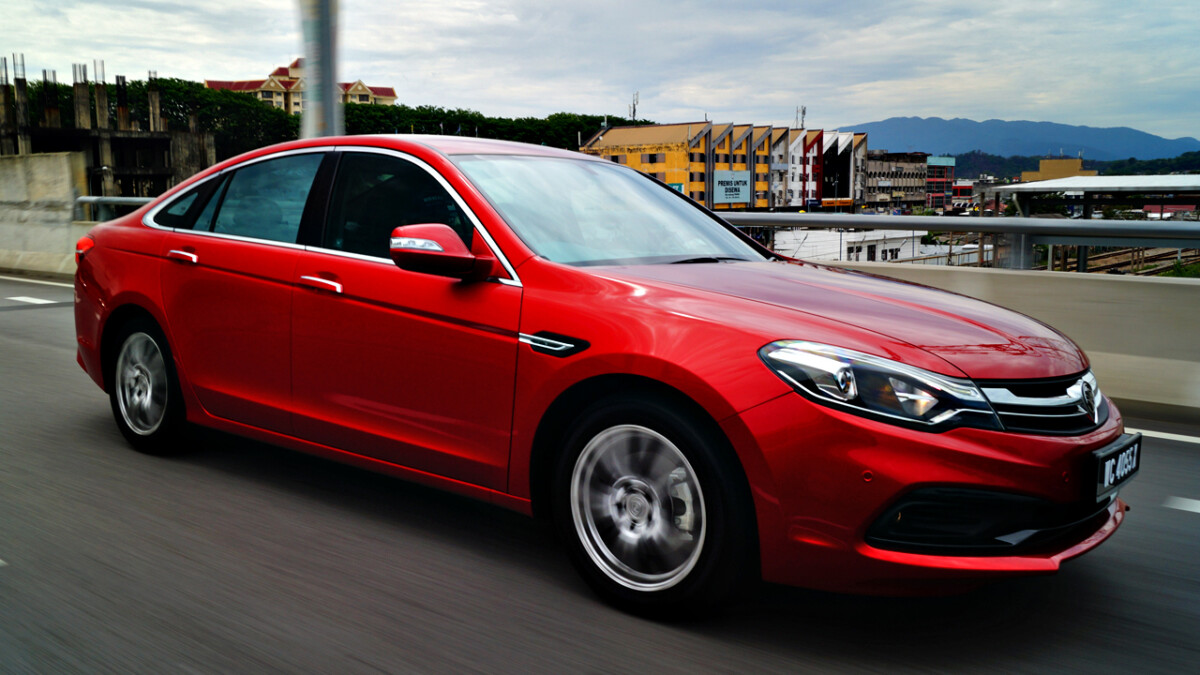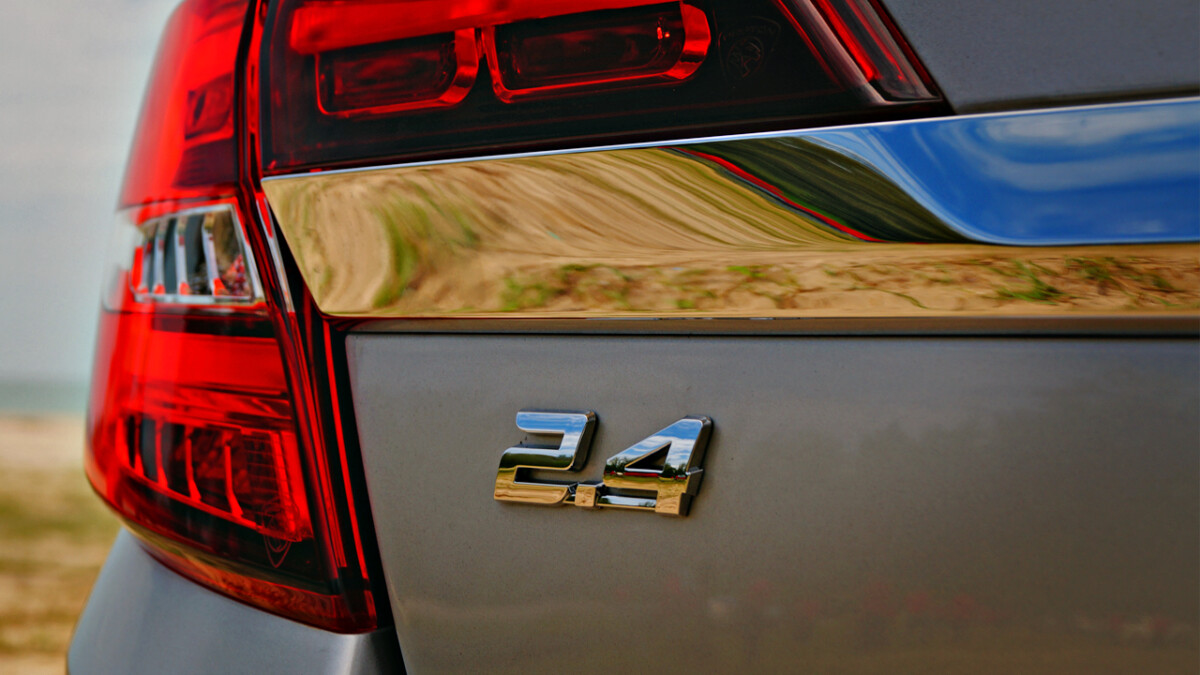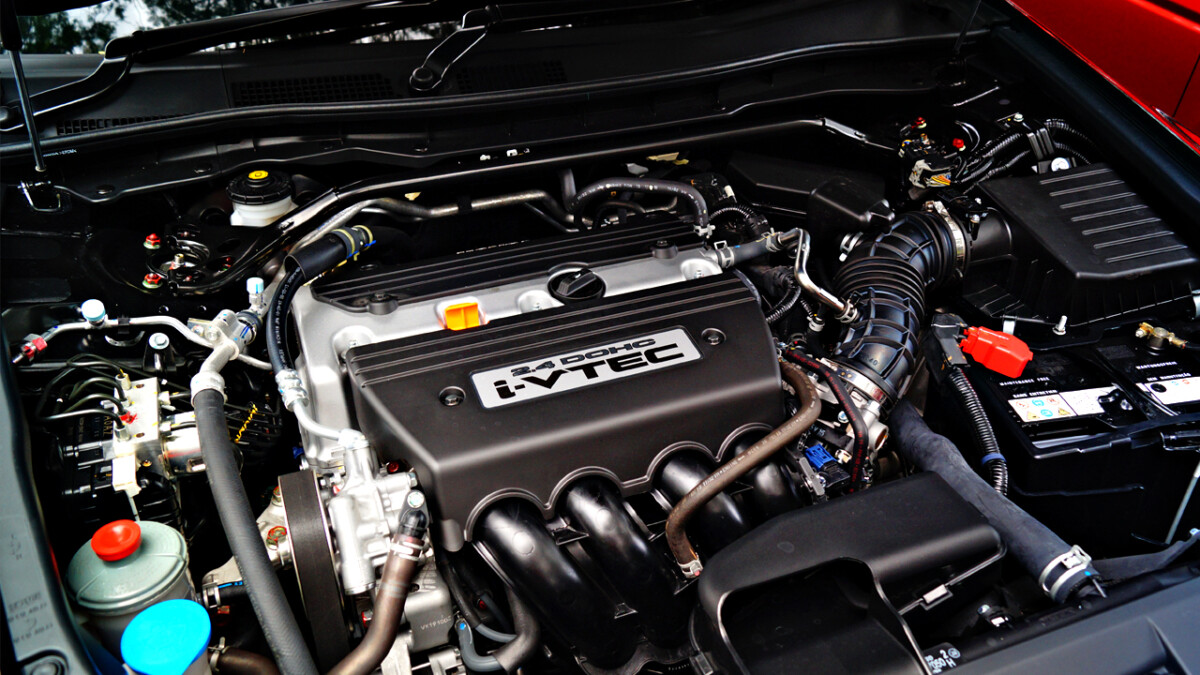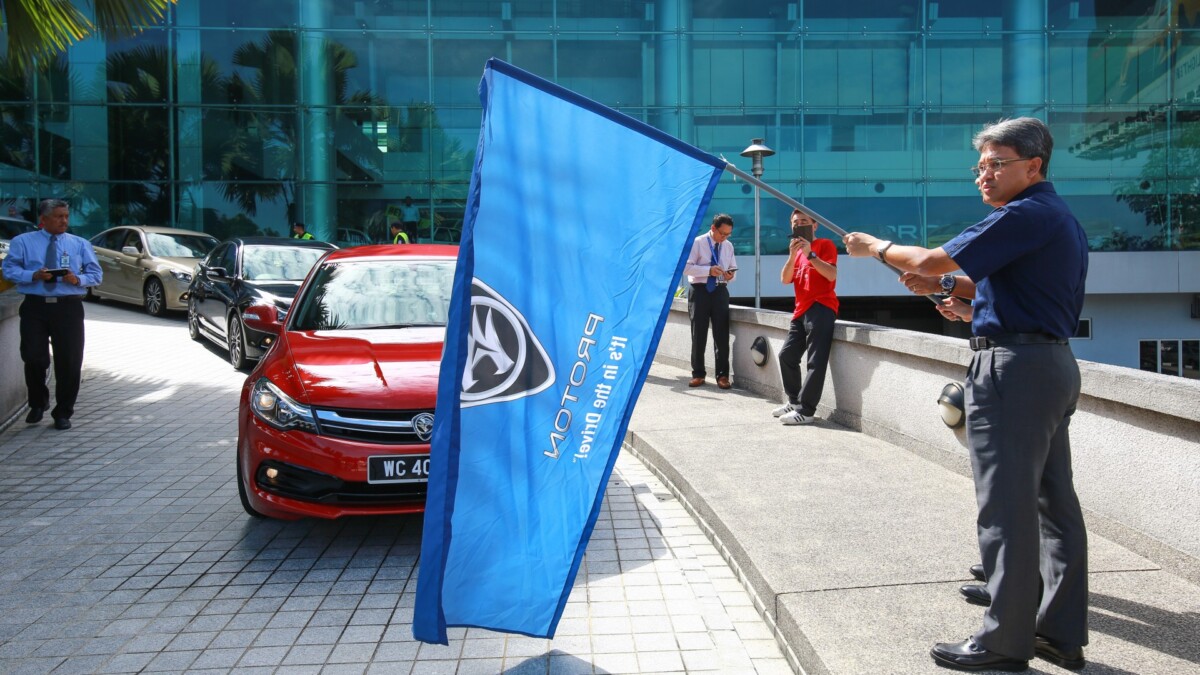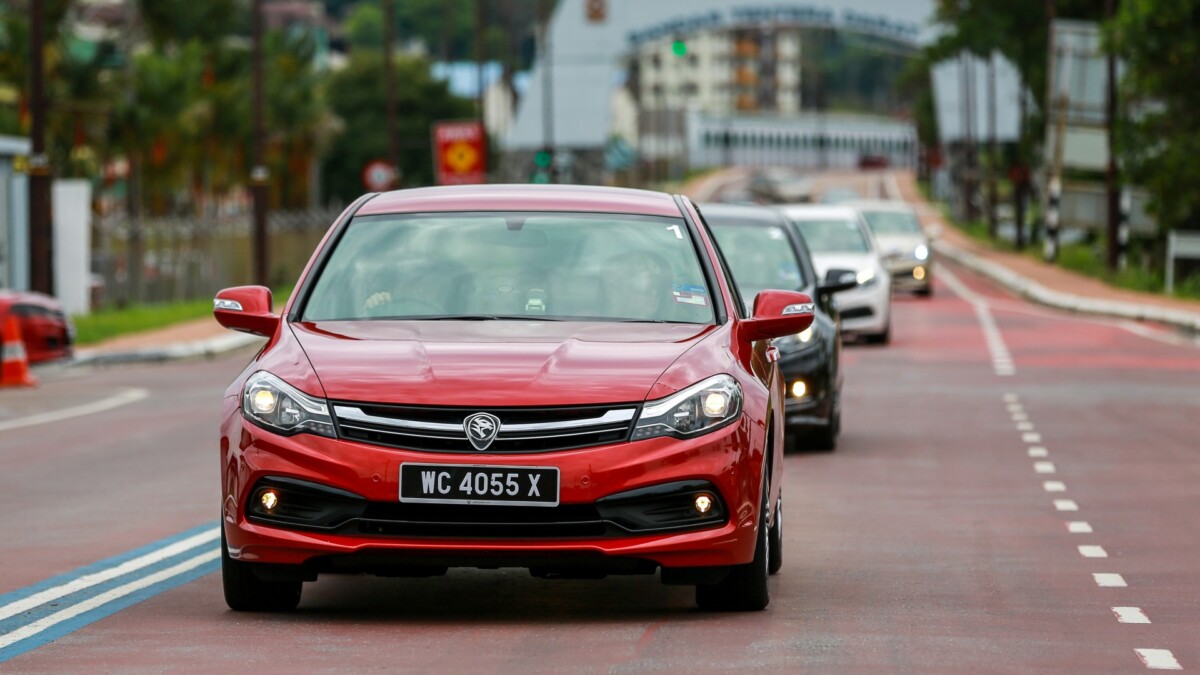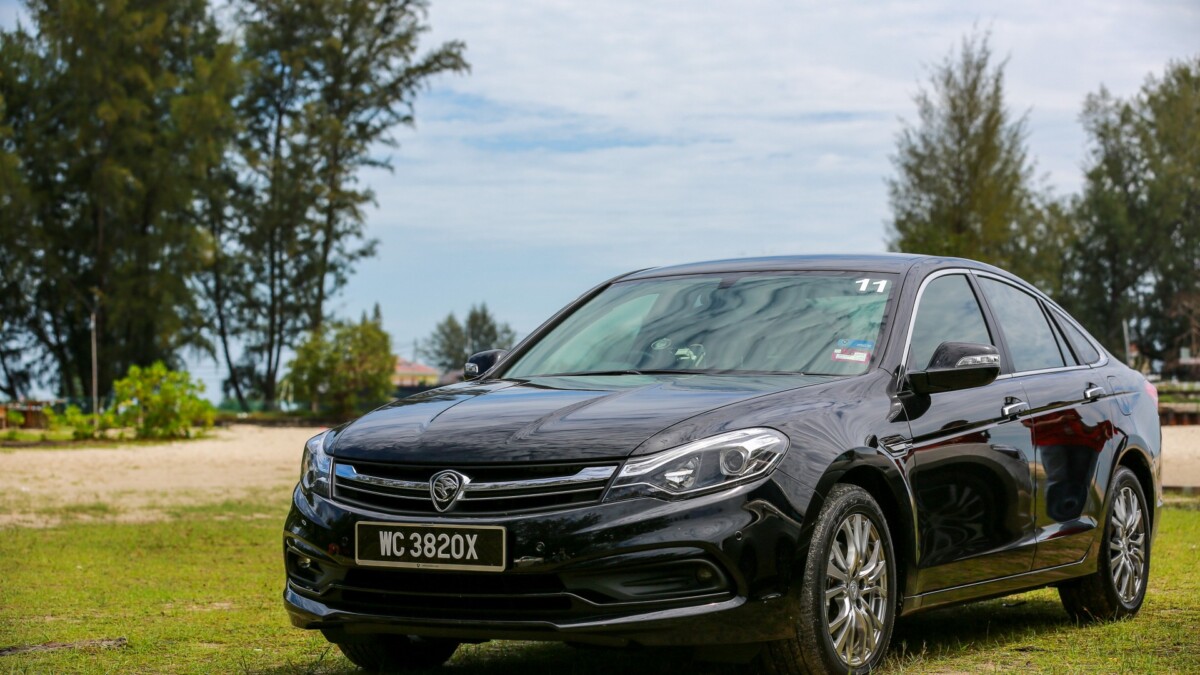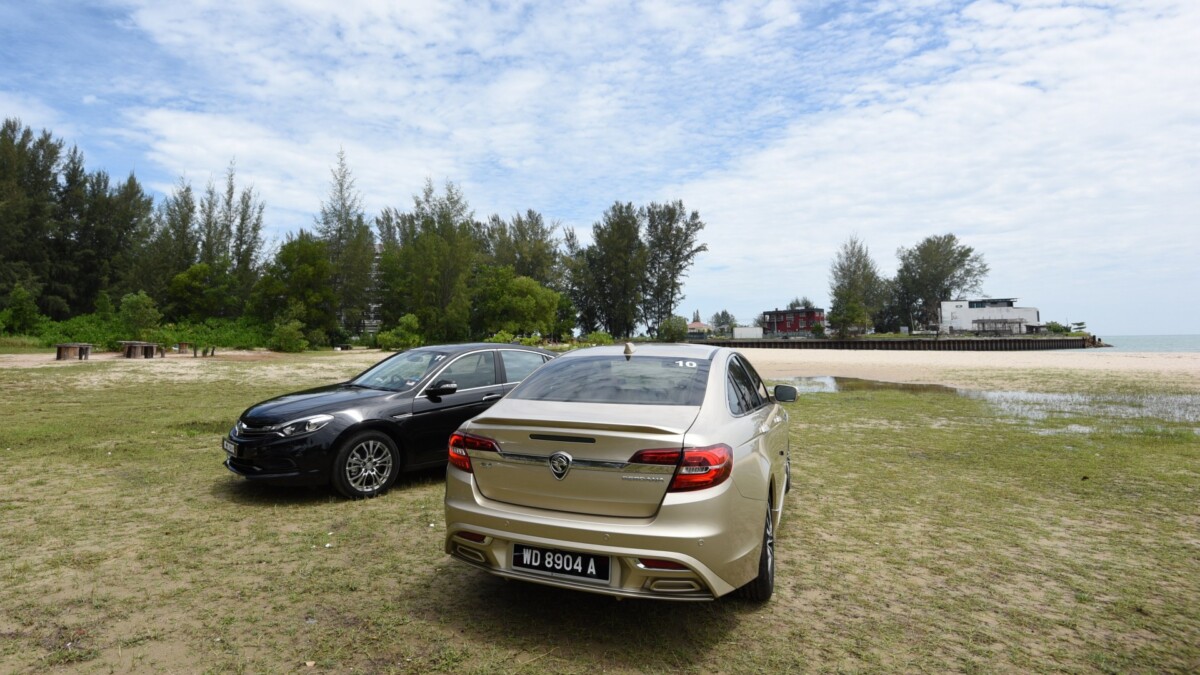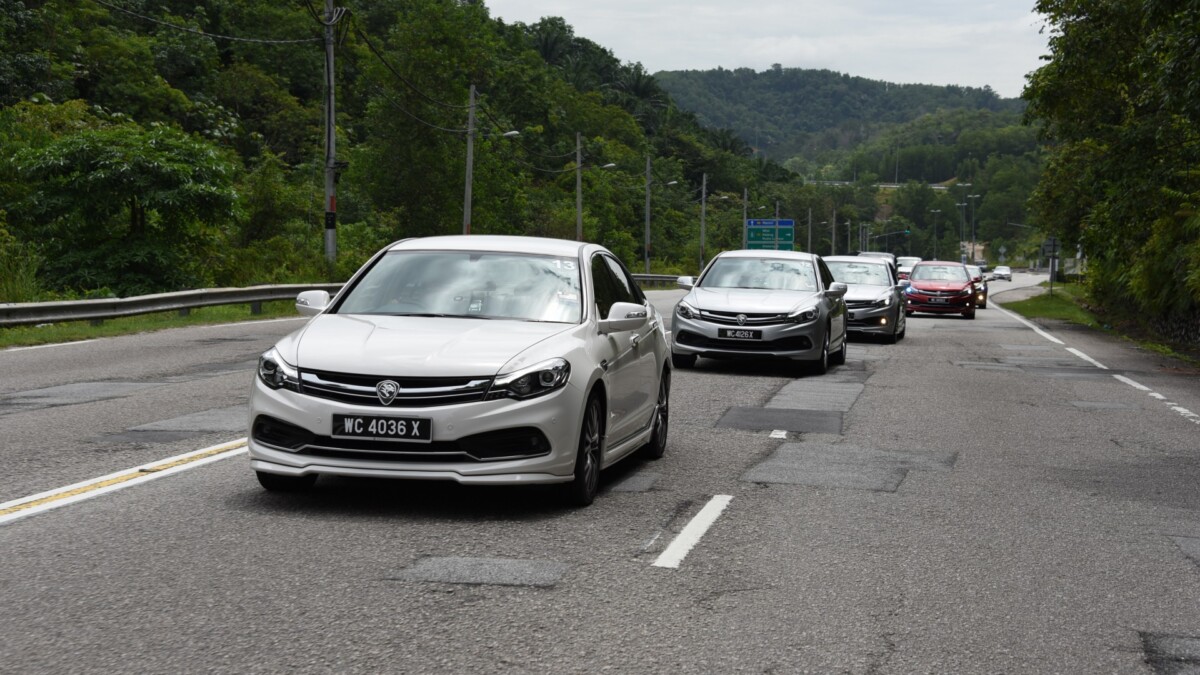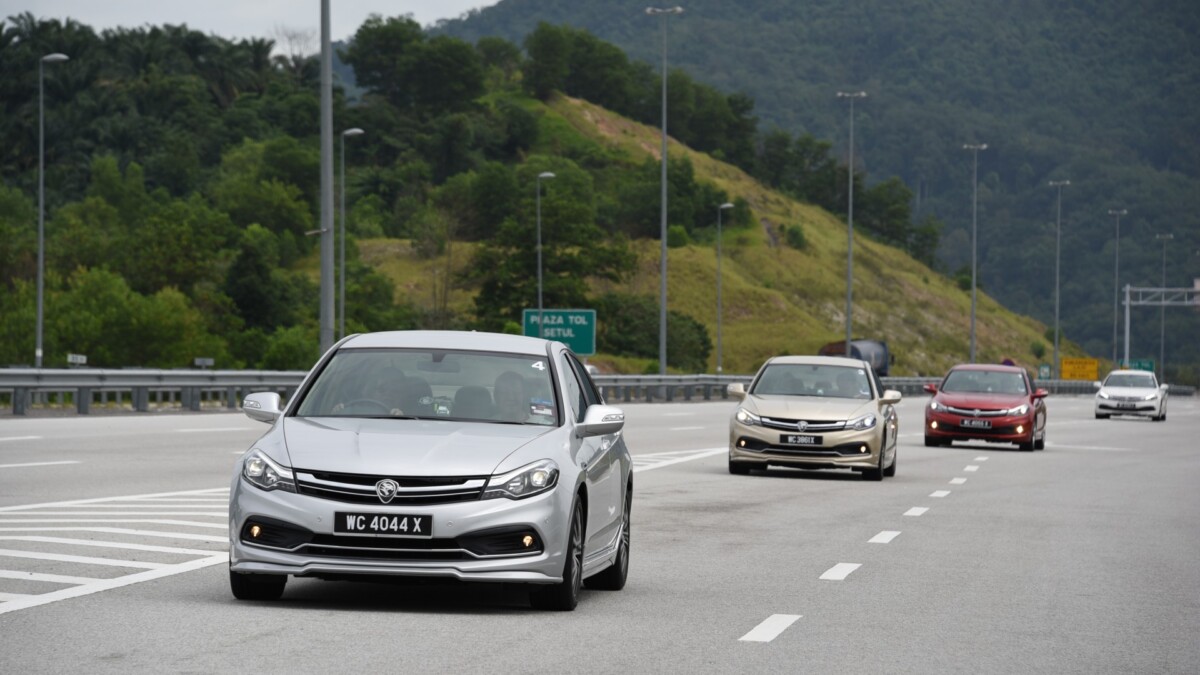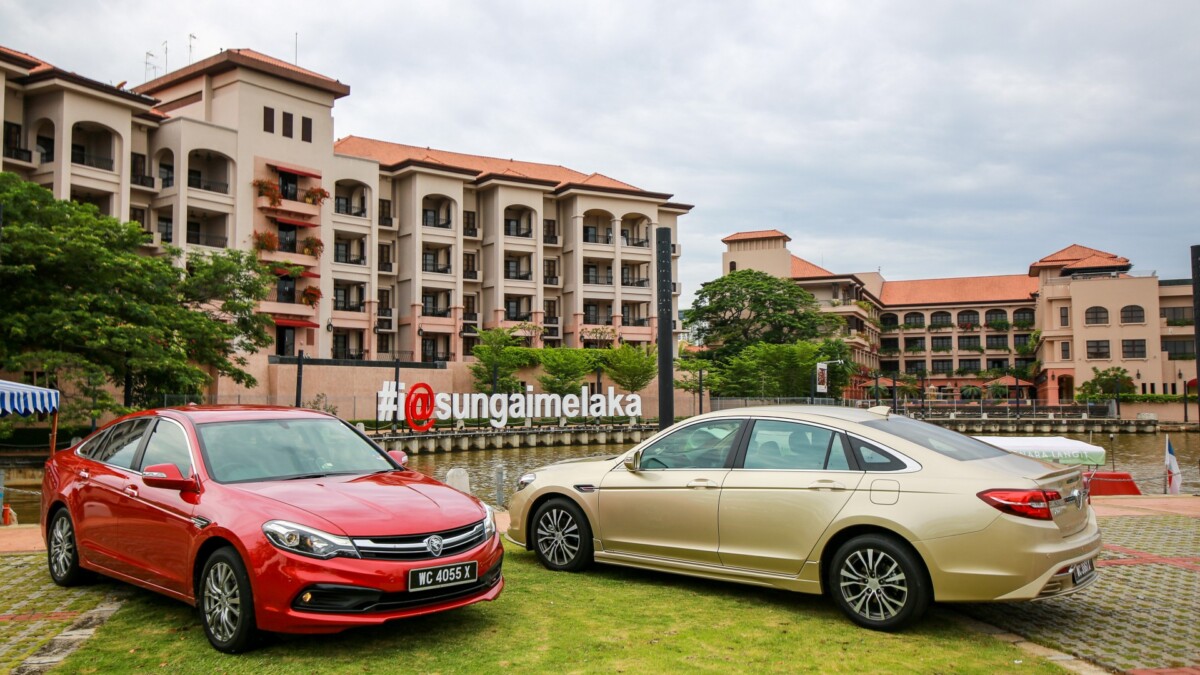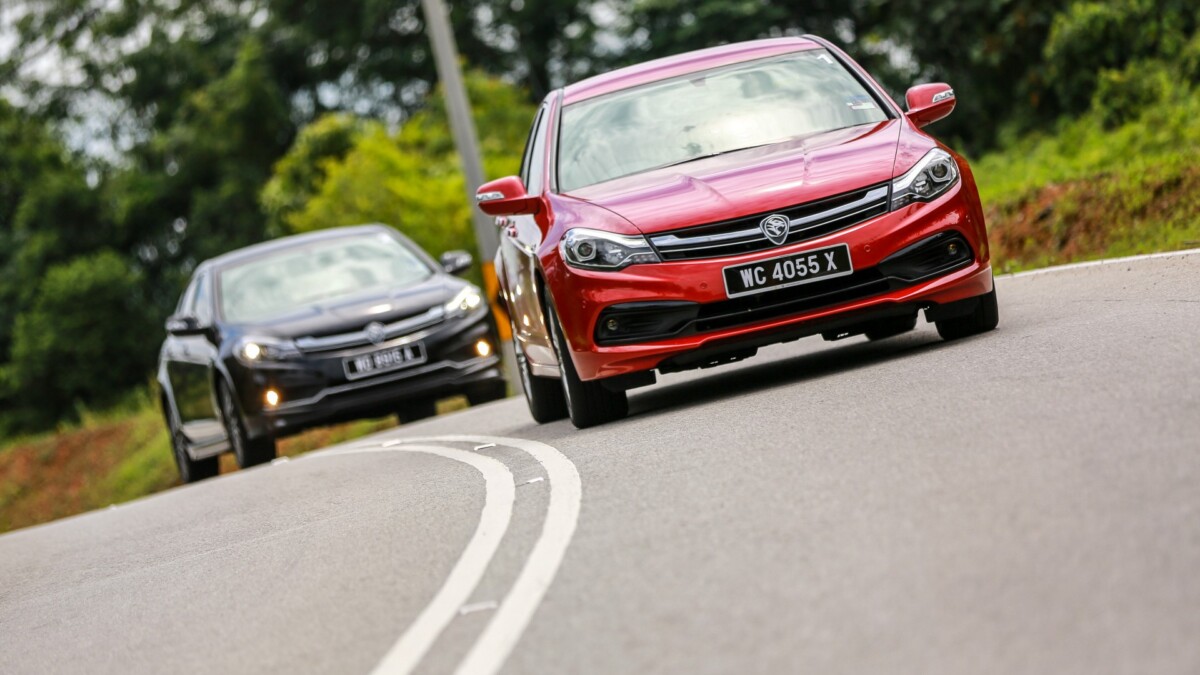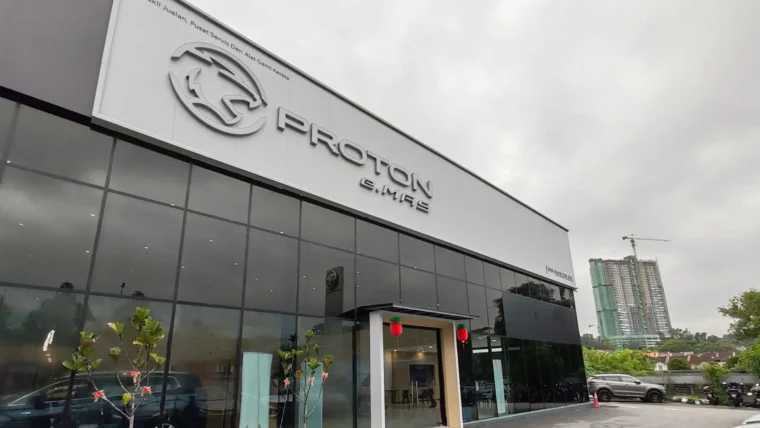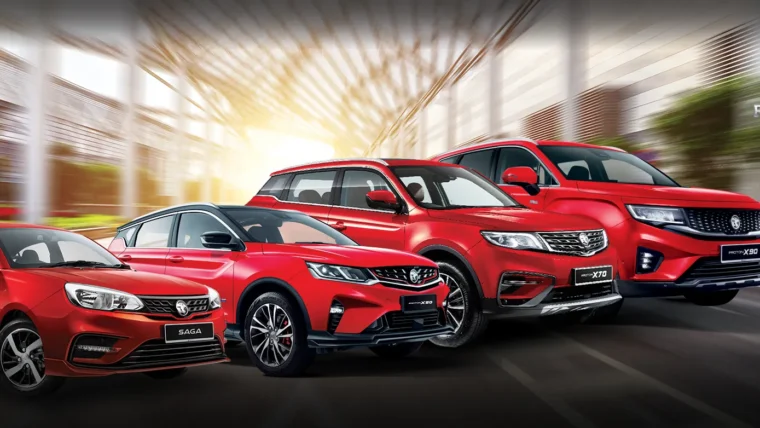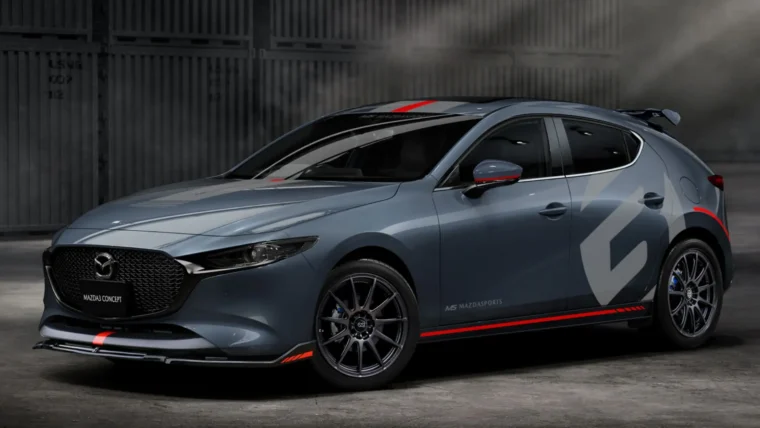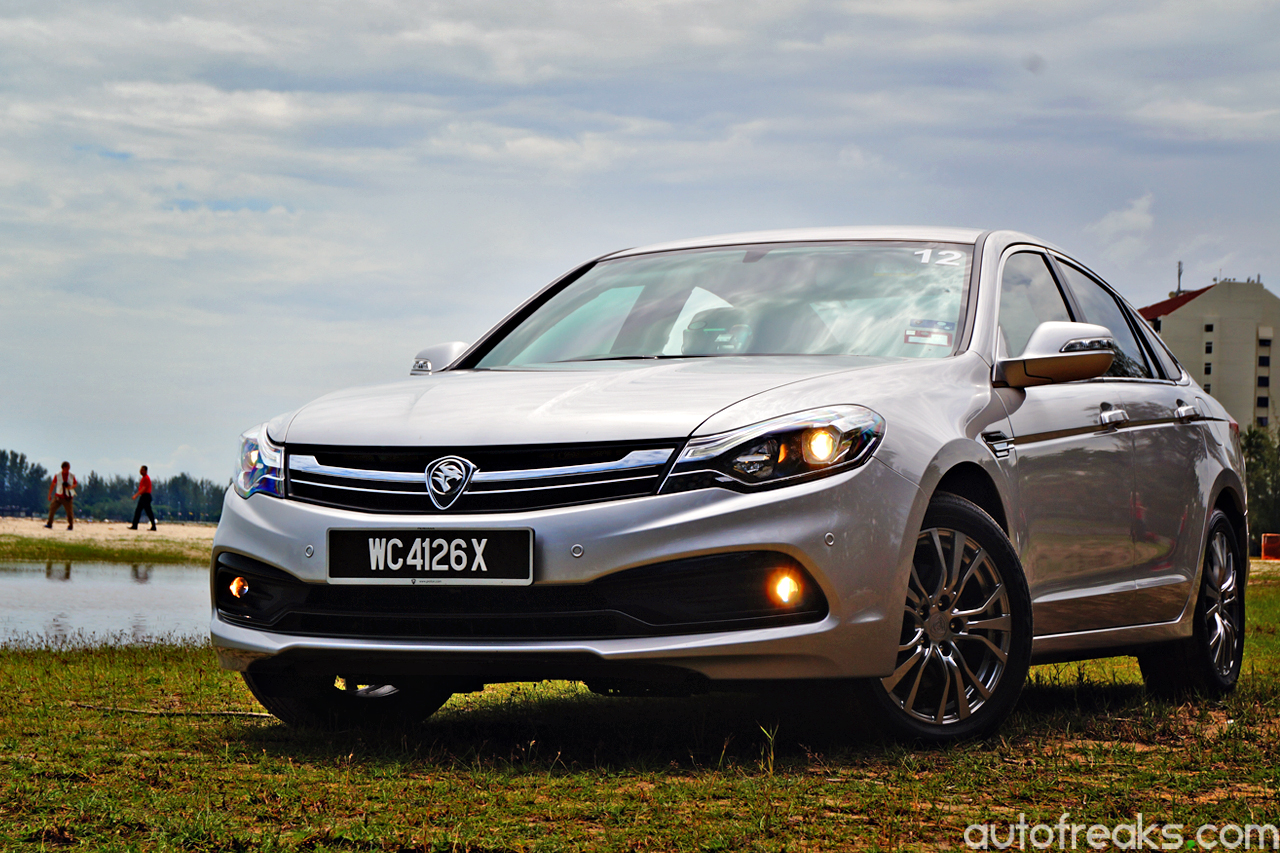
When flagship Proton models are mentioned, the model that instantly comes to mind is the Proton Perdana. The first-generation Proton Perdana, when it was launched in late 1994, was based off the seventh-generation Mitsubishi Galant Eterna.
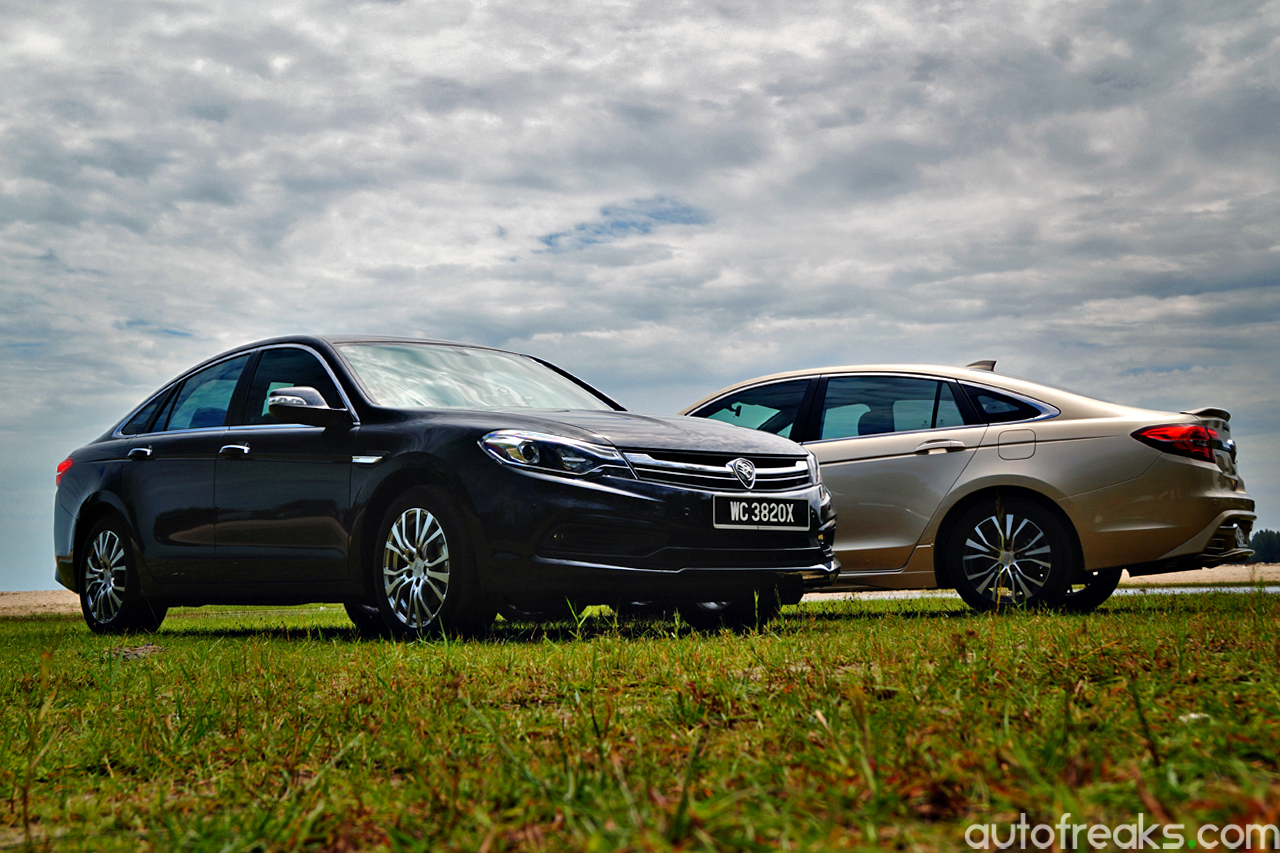
For 2016, Proton has launched its second generation Proton Perdana, which itself is based off the eight-generation Honda Accord. The company recently organized a media drive for members of the media to experience Proton’s latest flagship model with a trip down south.
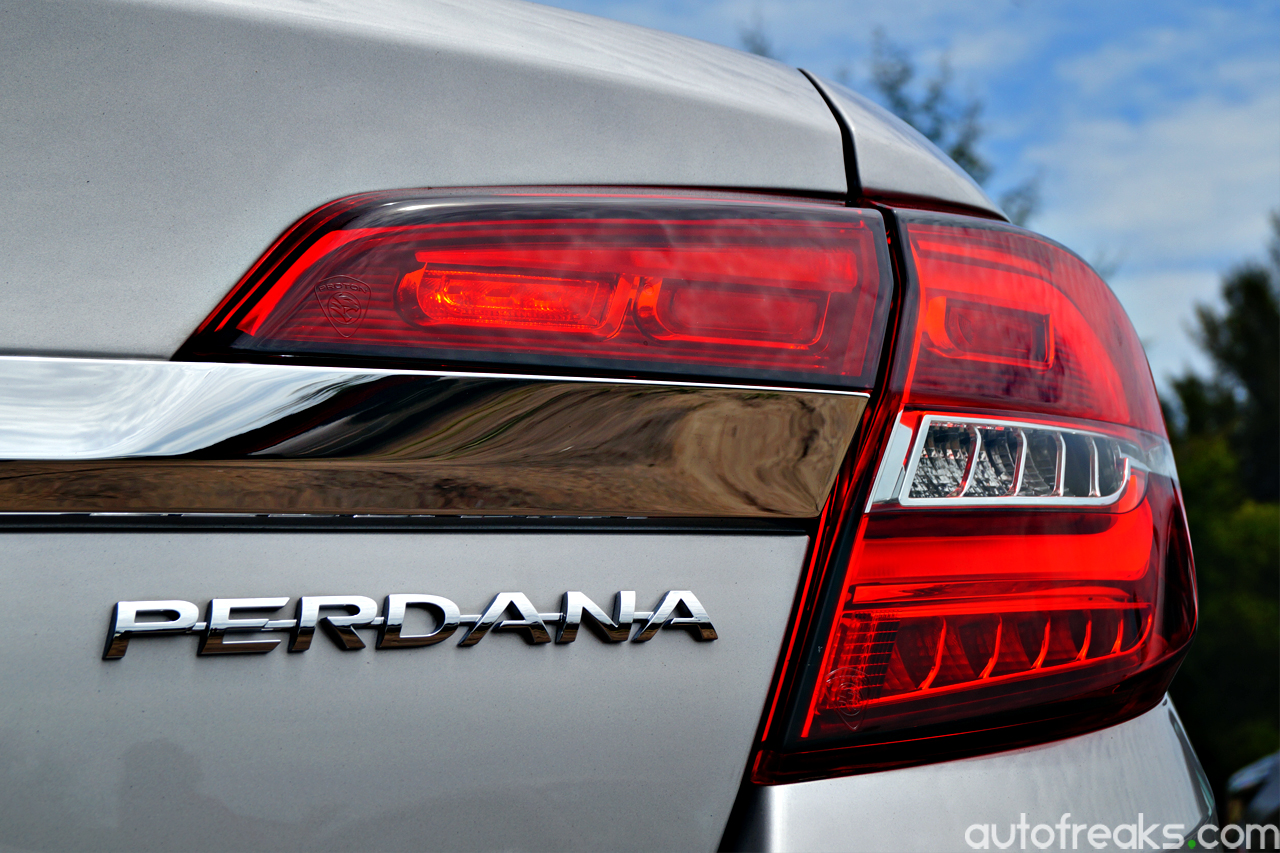
Before we get into the driving experience of the new Perdana, let’s take a detailed look into the new model.
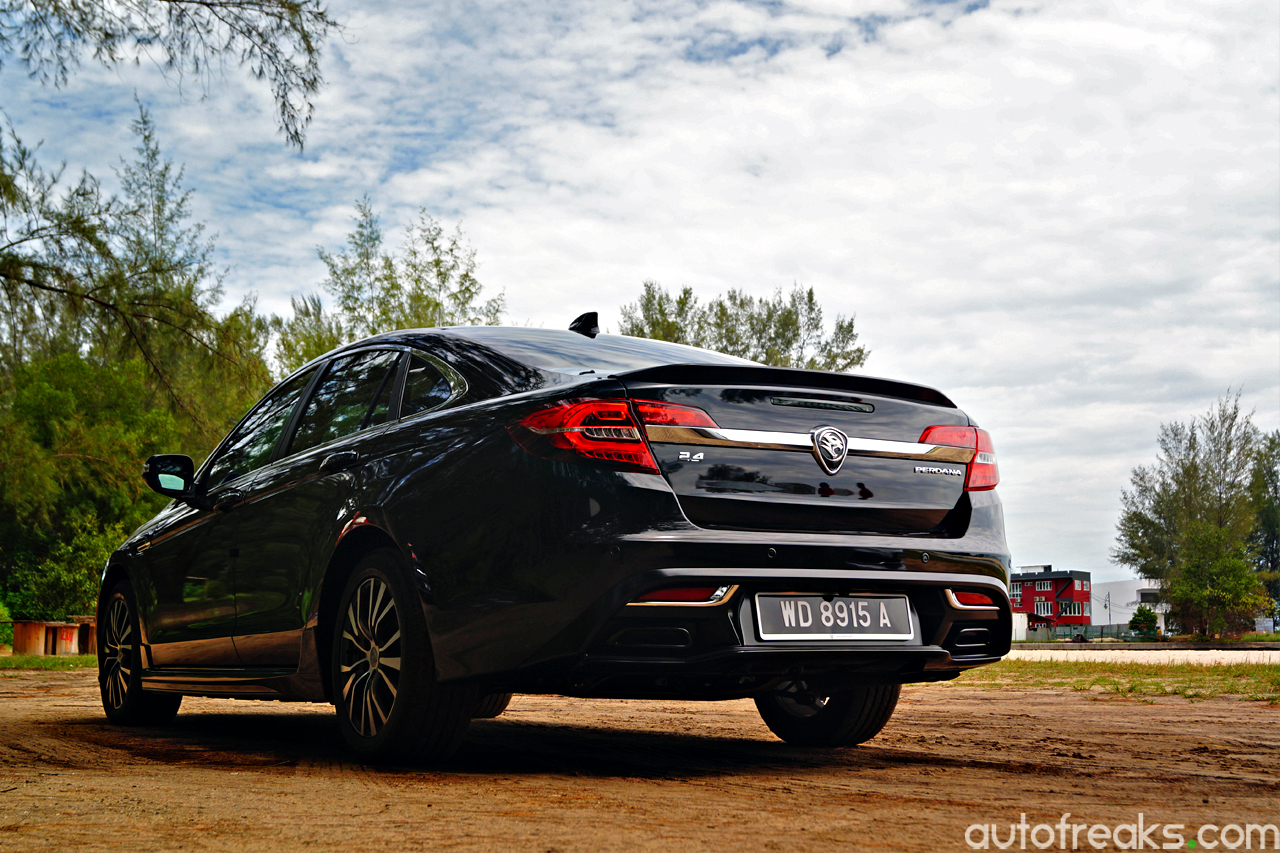
The 2016 Proton Perdana may boast an all-new bodywork, but under the fancy skin, it’s pretty much an eighth-generation Honda Accord. Bit and pieces like the 2.0 and 2.4-litre engines are sourced from Honda, while the five-speed automatic is a Honda unit. Inside, much of the interior is similar to the Honda, including the aircon controls and meter cluster. Thanks to that, the Perdana boasts a fit and finish level that can rival other Japanese makes.
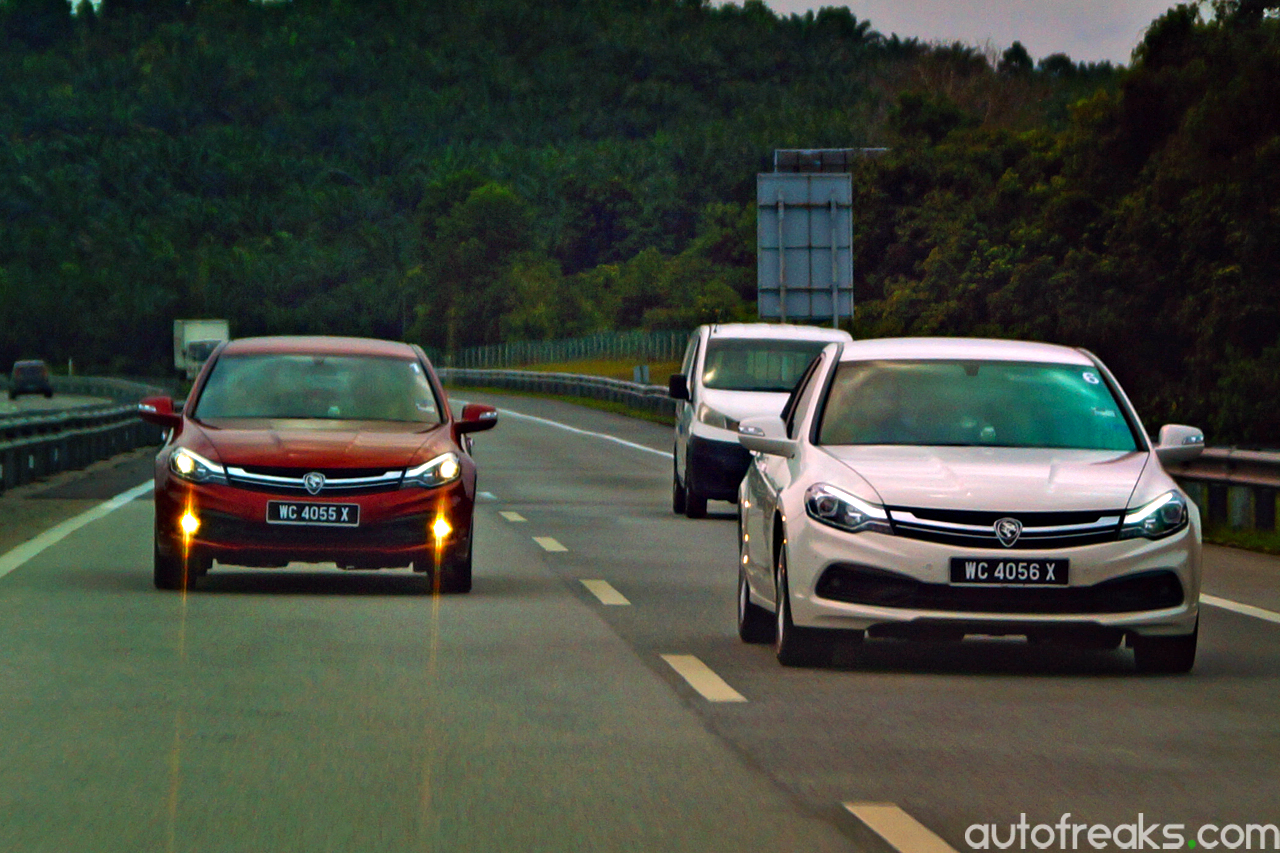
Proton was not allowed to tweak the Perdana, be it the ECU, TCU (Transmission Control Unit), suspension or even anti-roll bar settings. The only change that Proton did was changing the OE tires from Goodyear Excellence to Goodyear EffficientGrip. During our preview drive, the engineers were keen to point out that the EfficientGrip rubbers were specially tuned for the Perdana, allowing the D-segment sedan to ride better than the donor Accord.
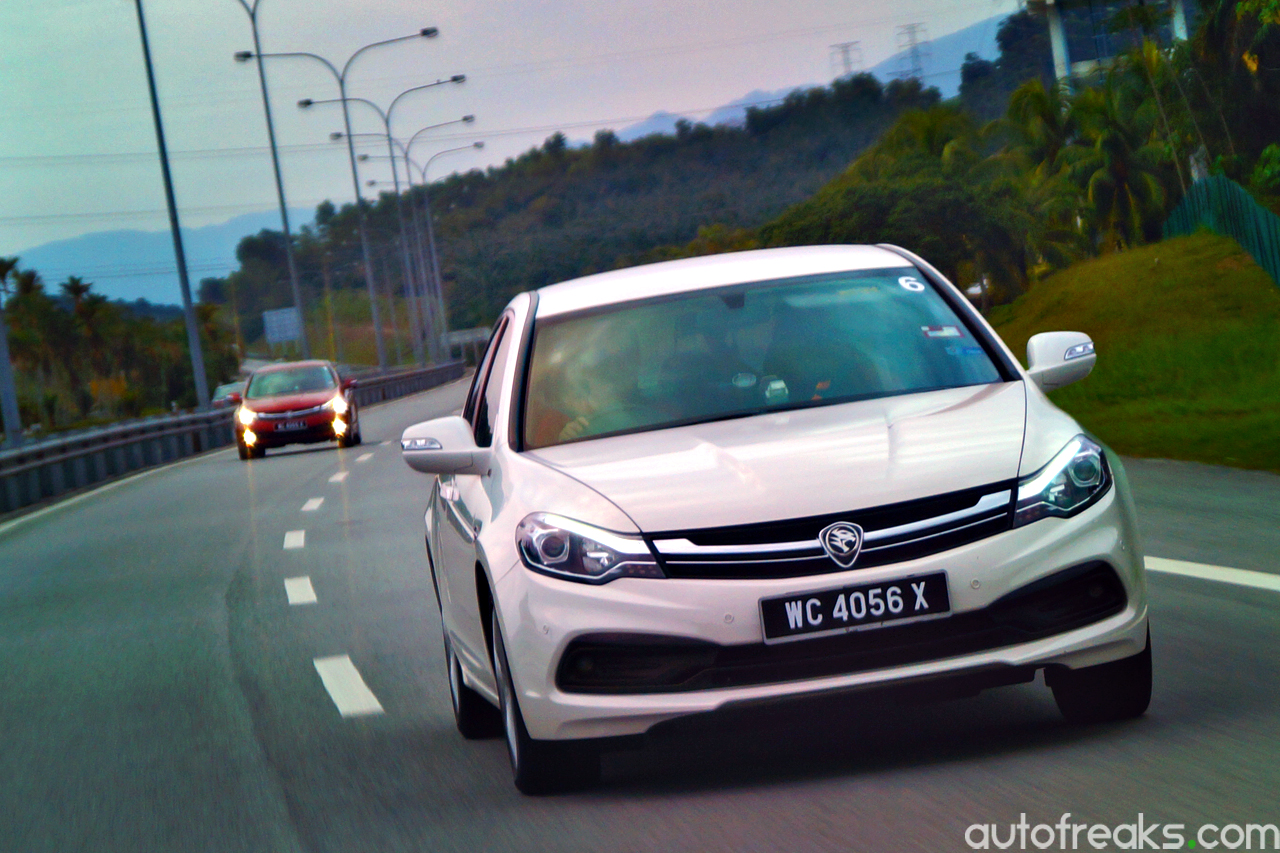
In terms of equipment, its nice to see that Proton has fitted, as standard, quite a number of features. Four airbags are standard across the range, and Proton has fitted rear fog lights for the Perdana, which the Accord didn’t have. Furthermore, the 2008 Honda Accord 2.0 only had two front airbags. Cruise control is also available on both variants. Vehicle Stability Assist (VSA) is only available on the range-topping Perdana 2.4, however.
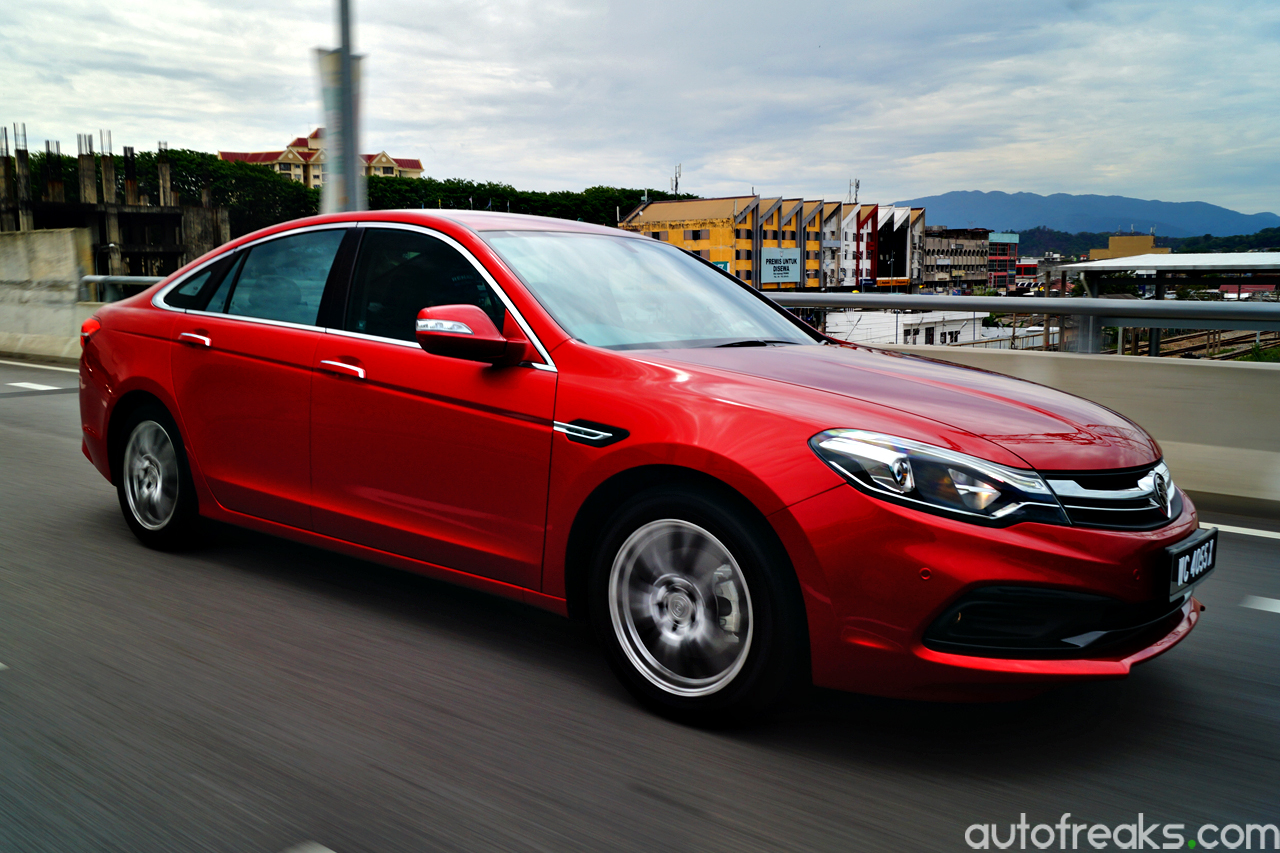
Moving inside, those familiar with the 2008 Honda Accord would find themselves at home in the new Perdana. Much of the interior bits and pieces are identical to the Honda Accord, including the four-spoke steering wheel with audio control, paddle shifters for the Perdana 2.4, meter cluster, gear shifter, signal and wiper stalks and handbrake.
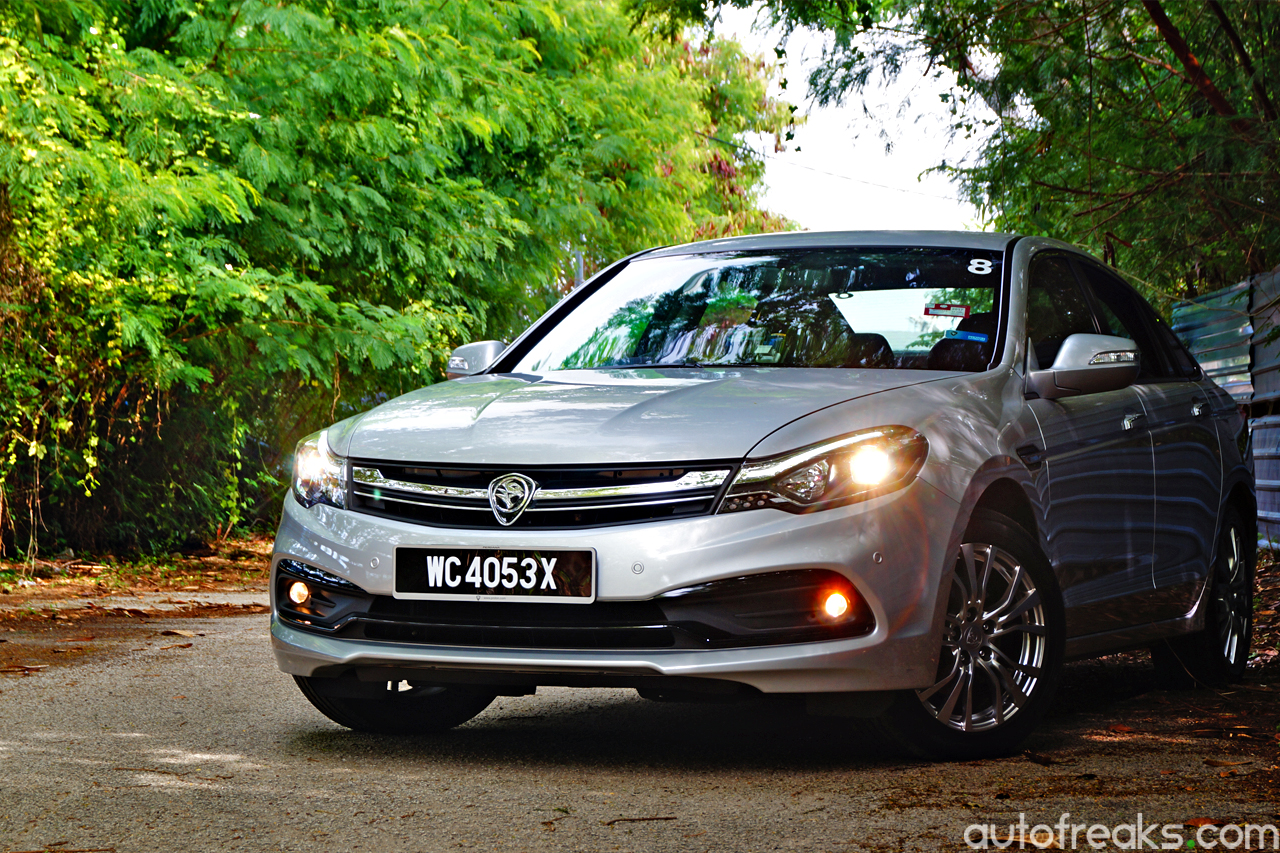
Perhaps the biggest change in the cabin is the new touch screen infotainment system. The new system is the best implementation of Android we’ve seen Proton accomplished. The Suprima S and Iriz (1.6 variants only) also featured similar Android-powered infotainment systems, but those systems were far from polished.
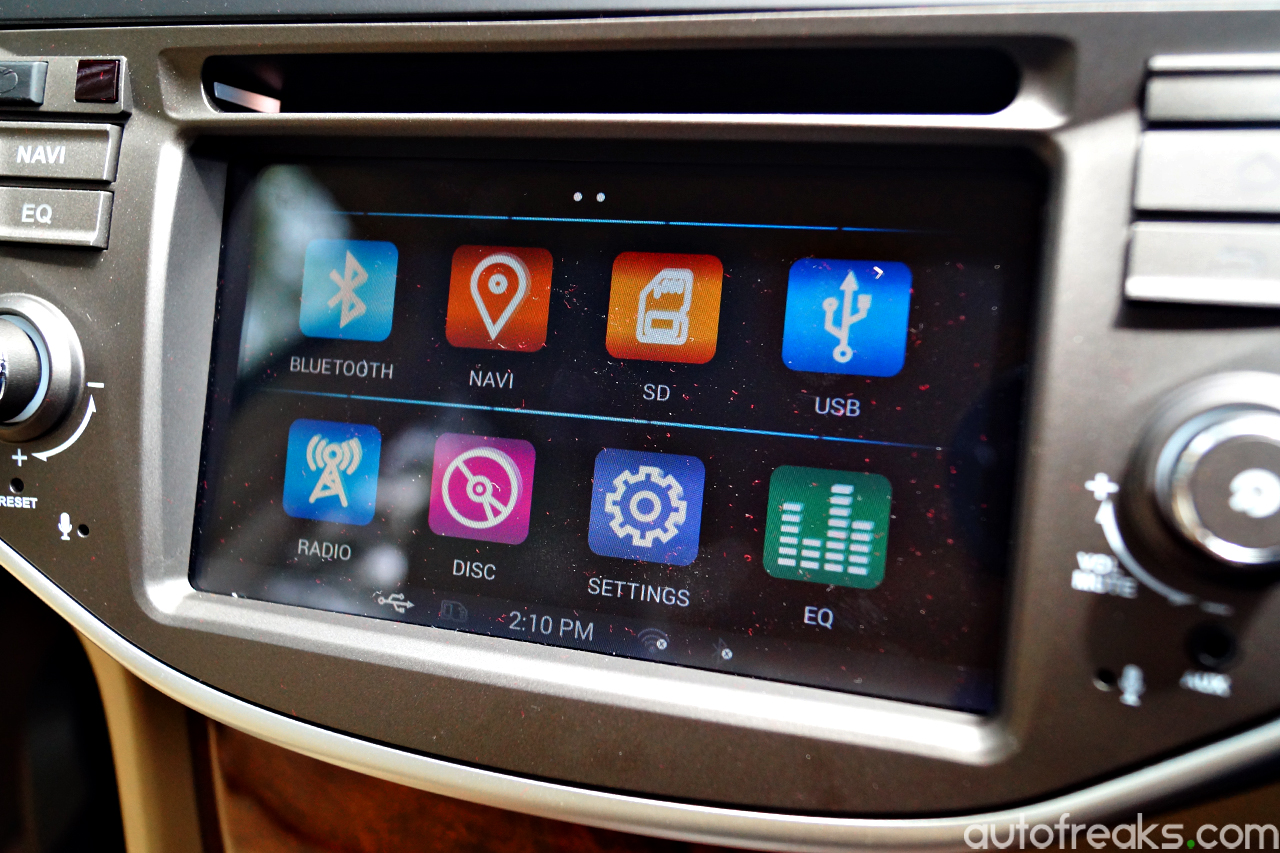
On the Perdana, the Android-based system runs on Android 4.4 KitKat, and navigating through the menus was a pain-free and lag-free experience. The 6.2-inch capacitive touch screen display features large, easy-to-see icons and the 2.4 variant features GPS navigation. When navigation is selected, the secondary screen will display the navigating details. When not in use, the second screen can display song titles, air-conditioning mode, time and the reverse camera. Sound quality from the Perdana is impressive indeed. The Perdana 2.4 features a subwoofer that’s mounted between the two rear speakers which adds even more bass to the already good sound system.
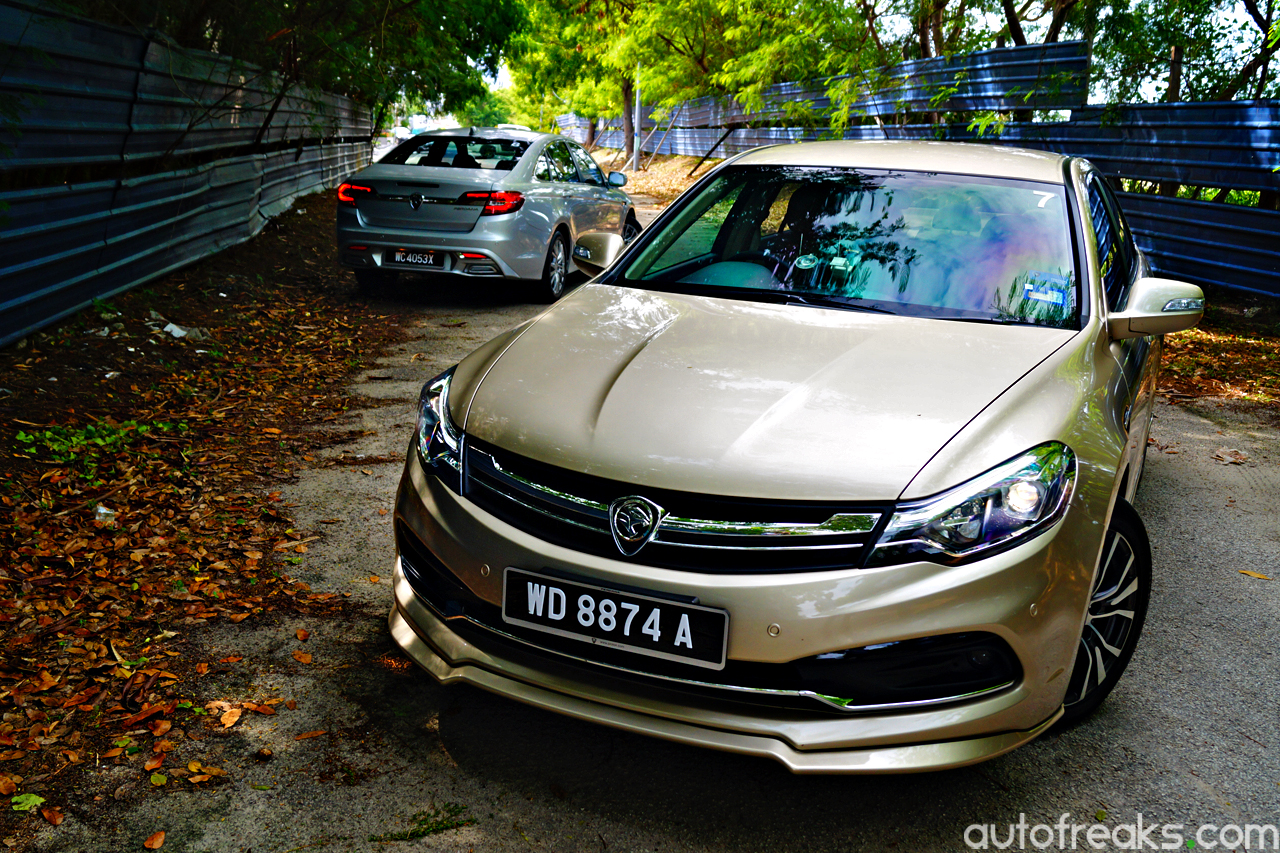
Behind the wheel, the 2016 Proton Perdana delivers fuss-free driving experience. While the Perdana 2.4 sounded rather strained when pushed, engine noise does not emanate from the engine bay. Acceleration from the 2.4 variant is strong, though the Perdana 2.0 is no slouch either. Highway cruising, the Perdana shines. The new D-segment from Proton is a natural cruiser on highways, though the car’s front end tends to wander when speeds are way over the national limit. Not Proton’s fault, as the Honda Accord has similar traits.
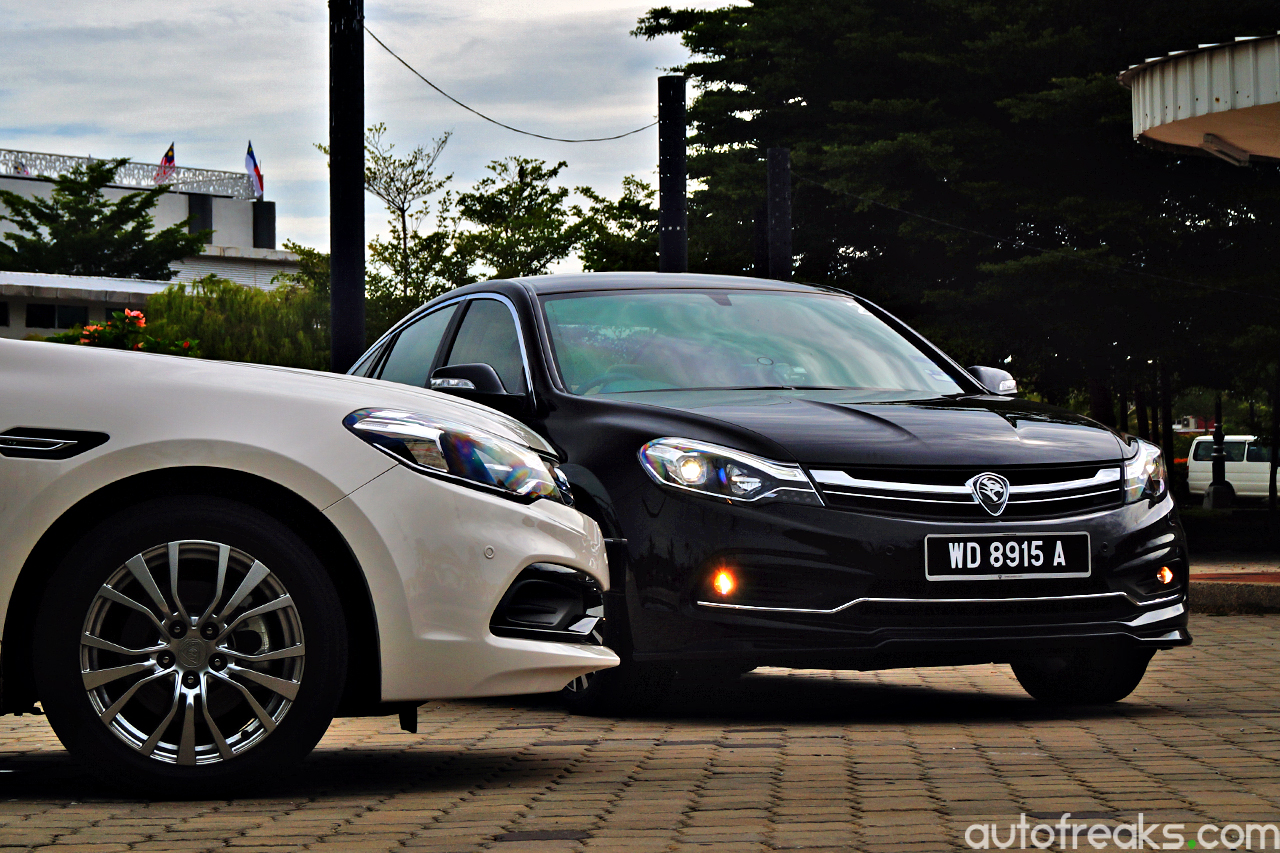
While the Honda-sourced five-speed automatic delivers smooth gear shifts during normal drives, the gearbox can hesitate to downshift when the driver asks for more from the engine, resulting in a delayed response. The paddle shifter-equipped Perdana 2.4 can overcome this niggle with relative ease, while drivers of the Perdana 2.0 needs to shift to D3 in order to get the most out of the smaller engine.
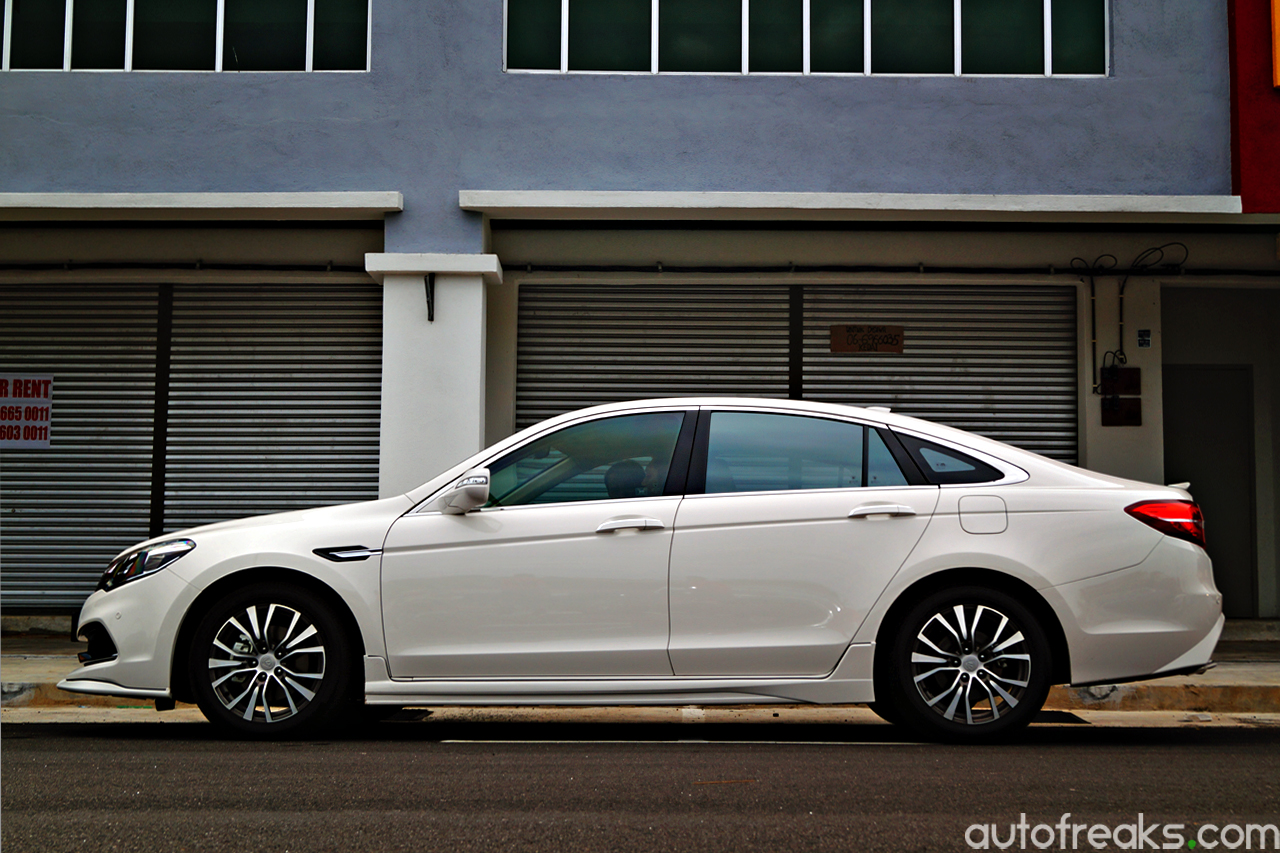
Apart from that, the Proton Perdana also tackles corners well, though one must remember that it is a 1.5 tonne sedan that they’re driving, not a pocket rocket built for slicing corners. Body roll, like the Accord, is apparent when the car is pushed to the absolute limits. Granted, we don’t expect owners of the Perdana to be slicing corners on a daily basis. With the being said, shock absorption from the shocks could have been better, as the Perdana does transmit road irregularities into the cabin every now and then. No, there is no Lotus Ride & Handling to be found on the Perdana.
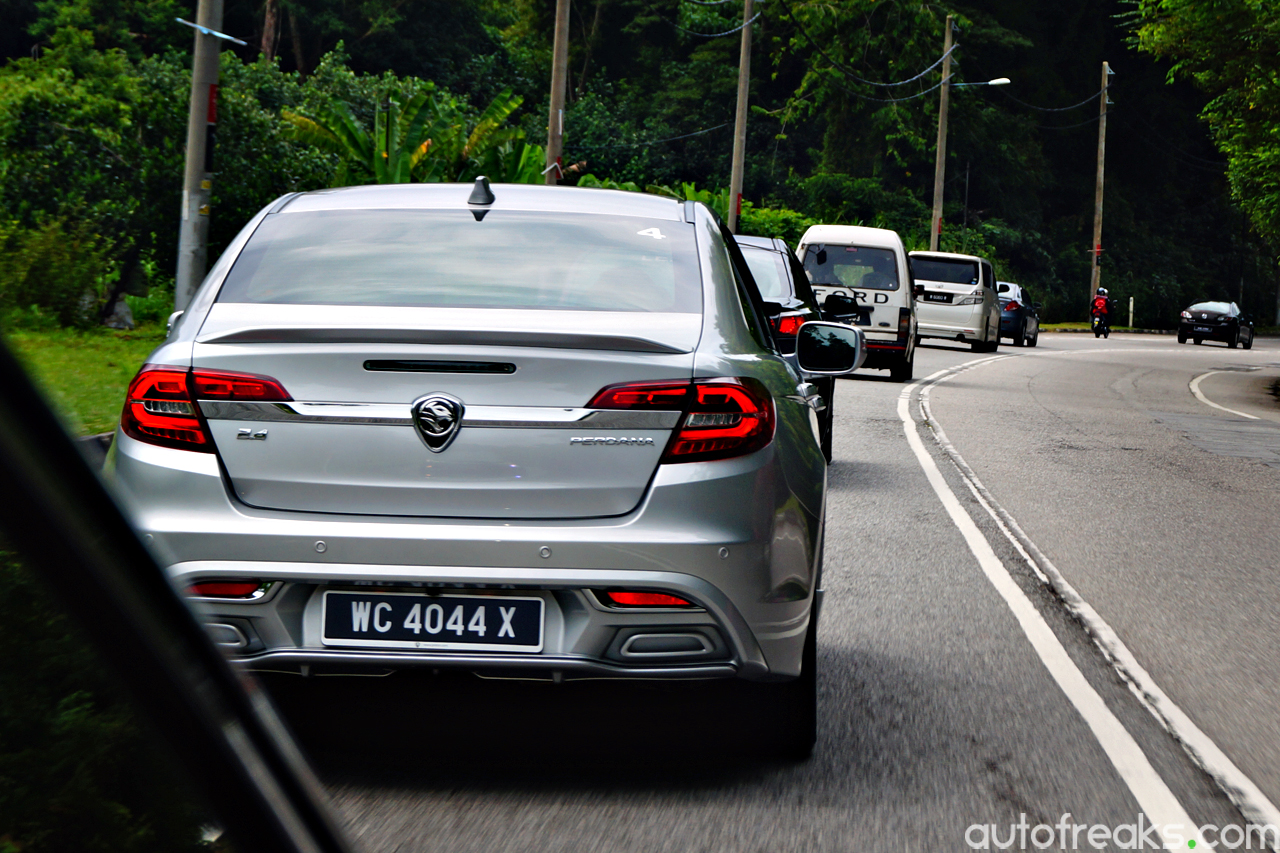
Steering feel is generally positive, as the Proton Perdana is equipped with Honda’s hydraulic power steering set up. Road feedback is lacking, though the steering remained accurate even when traversing through trunk roads. We do feel that the steering should provide more weight when the car is cruising at highway speeds, but that’s just us being picky.

NVH levels have always been Proton’s Achilles’ Heel. On the Perdana, the results are promising. Normal driving, road and wind noises aren’t that apparent. The only time wind and tyre noise became an issue was when the speeds exceeded the 140 km/h mark. However, keep the Perdana at saner speeds, and NVH levels will remain at tolerable levels. Engine noises, whether was it the Perdana 2.0 or 2.4, remained fairly muted under normal driving conditions.
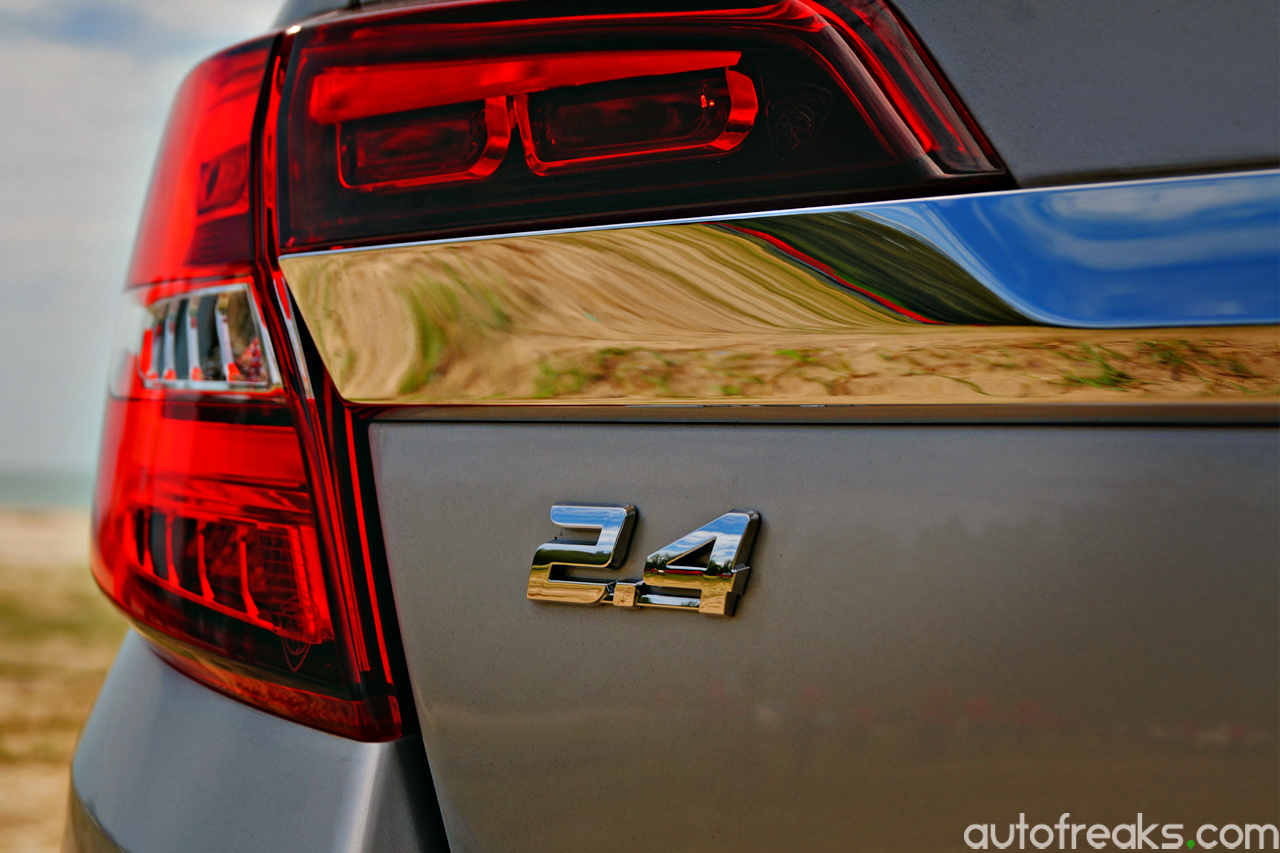
With nearly 300 km covered in the new Proton Perdana, we are fairly convinced that the Perdana was a good effort from Proton. Of course, the Perdana today is pretty much a Honda Accord in a fancier dress, but if Proton’s development team is on track, we will be seeing Proton’s new NE01 engine fitted into the Perdana towards the end of 2017. That could potentially unlock even more potential for the Perdana, which we believe deserves an improved powertrain combination.
2016 Proton Perdana Photo Gallery
Other posts by AF Newsdesk


